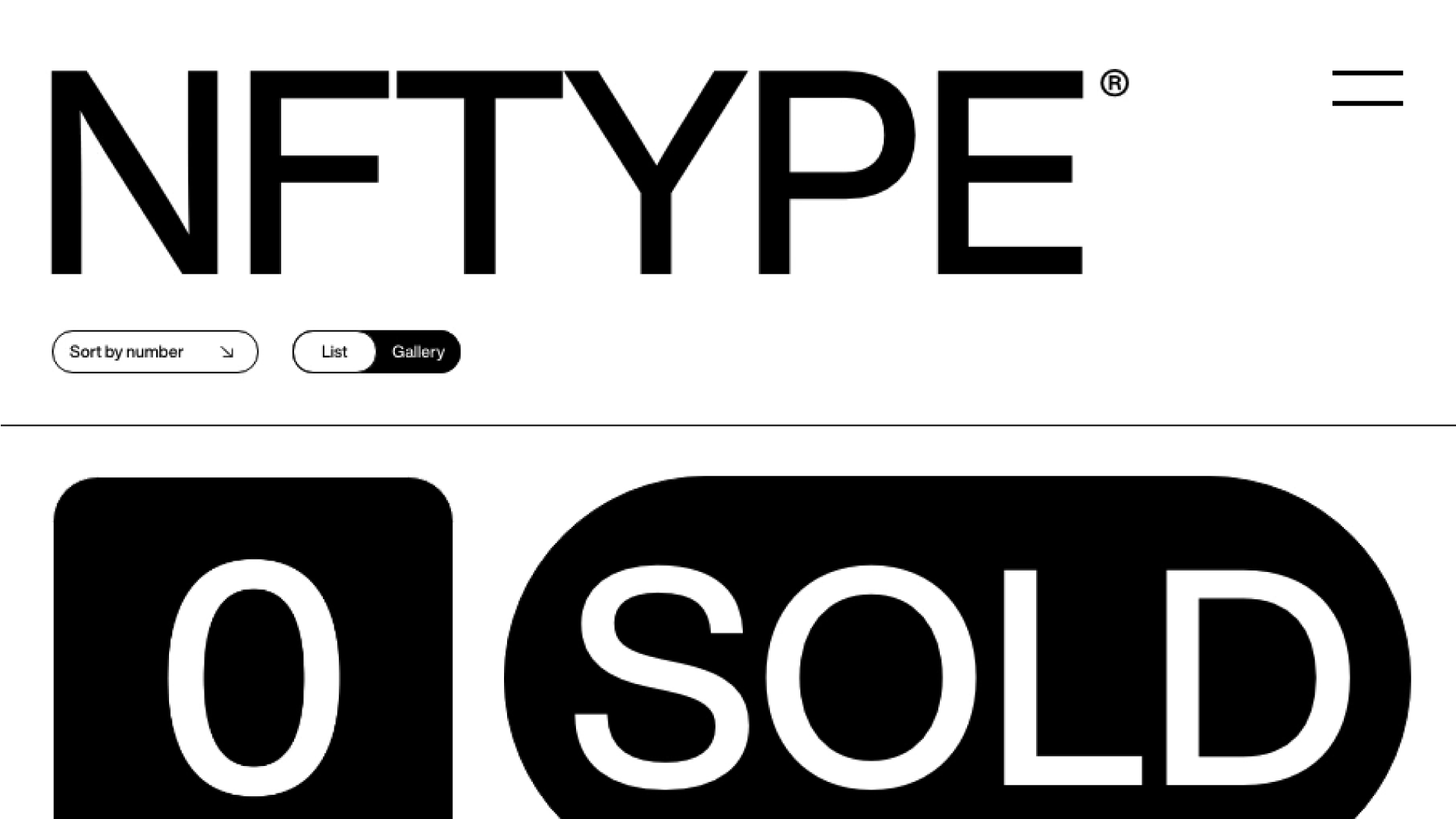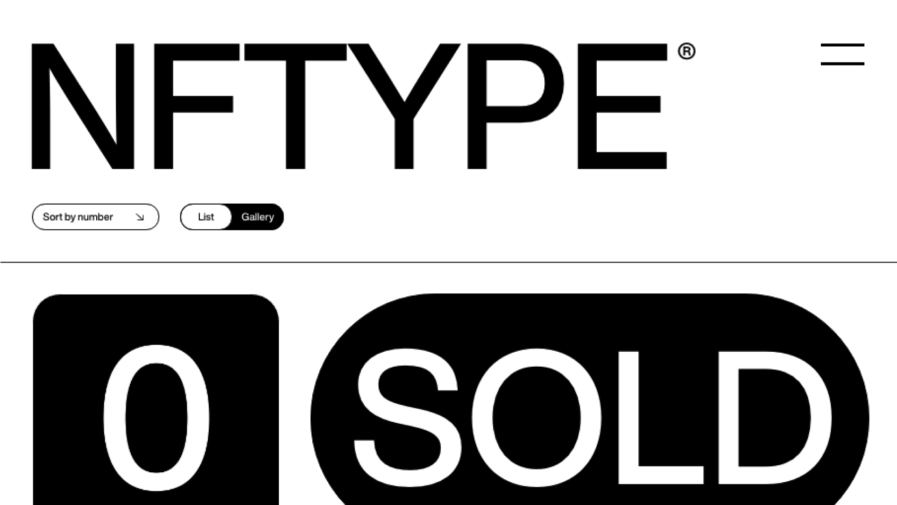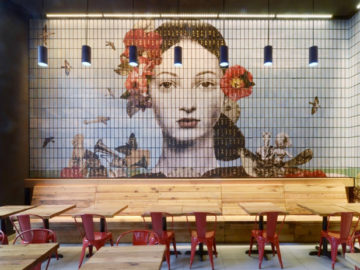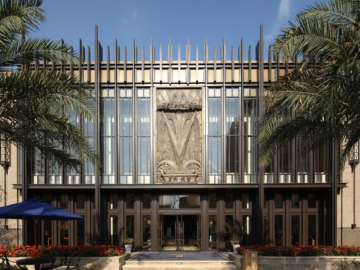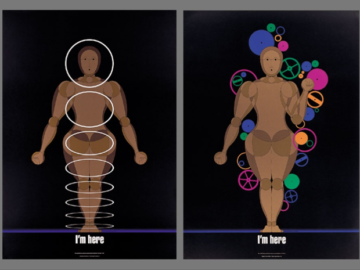Unless you’ve been living under a rock the past year (no shame, we get it), you’ve probably asked yourself, “What the heck is an NFT?” at some point. We’ve been asking ourselves what NFTs could mean for typography, and we imagine studios around the world are doing the same.
The concept of nonfungible tokens, or NFTs, entered the mainstream in February 2021 and the buzz hasn’t stopped building since. Early adopters see NFTs as a revolutionary way to attribute ownership of digital assets, a turning point in how we understand and use the Internet, and an evolution in the meaning and value of digital art. As NFTs become more established, what potential do they hold for typography as both a business and an art form? What should the type community do now to ensure that NFTs are safe and beneficial for this industry in the future? And what even is an NFT, anyway?
Understanding NFTs and blockchain
Let’s start with the basics. NFTs are “nonfungible,” meaning that each one is unique. You cannot simply exchange two NFTs for each other and end up with completely equal value and substance. Fungible assets, like currency, are just the opposite; if you exchanged two $100 bills for each other, you would end up with the same value regardless of which bill went into your wallet. The “token” in NFT simply refers to a transferable, digital asset recorded in a blockchain. And a blockchain is a type of shared, decentralized database that securely stores and verifies all information contained within it. At their most basic, NFTs are unique digital records that tell the world what the bearer is entitled to. Those entitlements range from rights to digital or physical objects (like images, sound clips, software, or sneakers) to the right to enter a specific building or partake in an event. Most people are aware of NFTs in the context of image ownership, but there is huge potential beyond images or even digital assets.
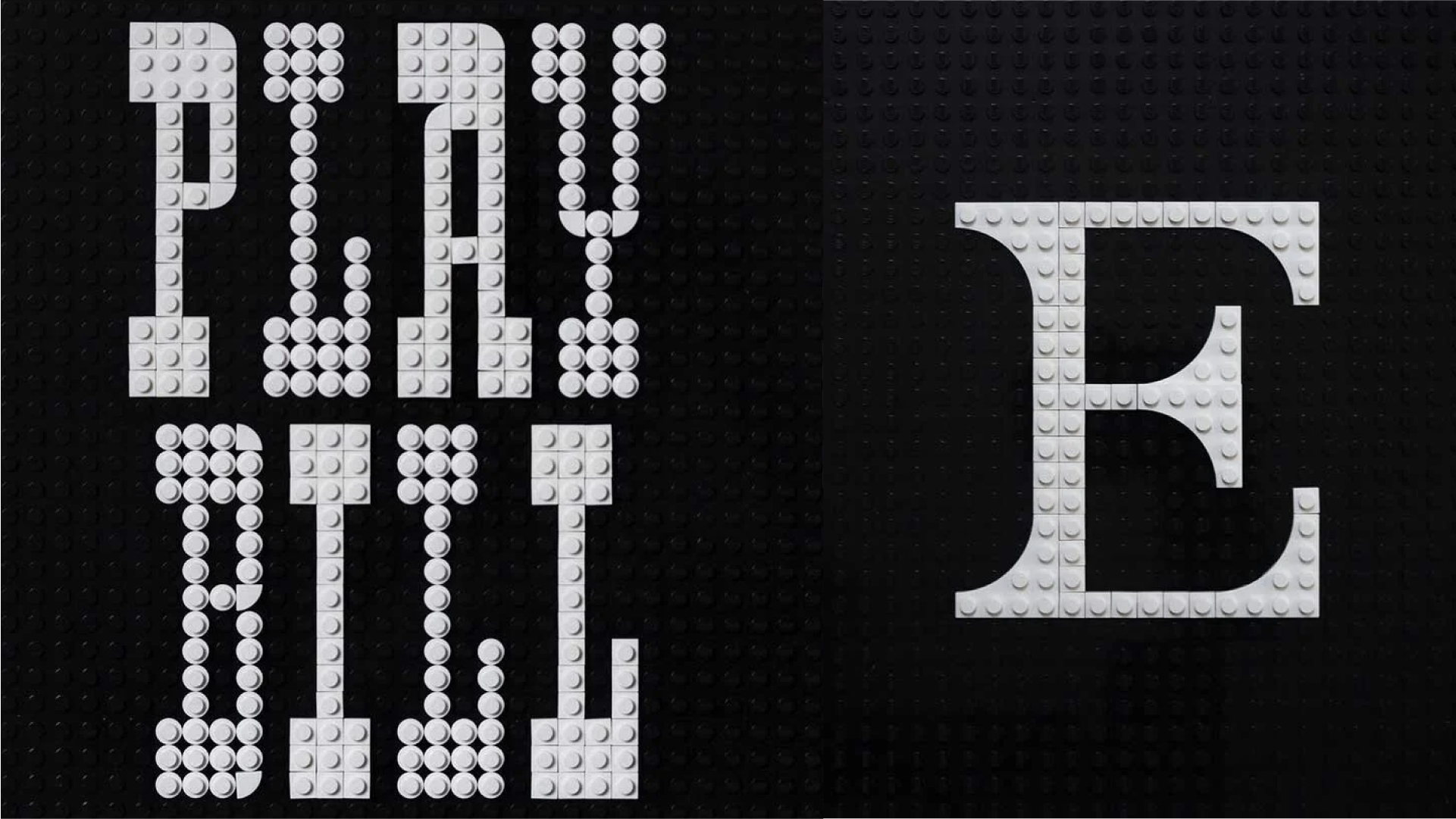
NFT buyers are purchasing digital rights to artwork, but type designers and foundries won’t benefit until a font-licensing system is built into NFT marketplaces. There are technoids among us though, who may help lead the way forward. We’ve already seen designers discussing exclusive NFT font launches on social media. Something to watch out for in the coming months.
